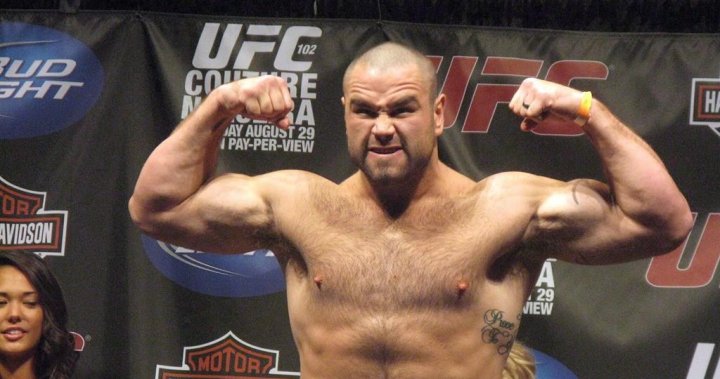The judge leading a fatality inquiry into the death of boxer Tim Hague, who was knocked out in a match in 2017 and later died from brain injuries, has recommended changes to how the sport of boxing is regulated and how head injuries are monitored. The boxing match in question was licensed by the Edmonton Combative Sports Commission, and Hague was knocked unconscious by his opponent, former Edmonton CFL player Adam Braidwood. After regaining consciousness, Hague was taken to the hospital where doctors discovered he had suffered a hemorrhage on the left side of his brain. Despite undergoing surgery, Hague’s condition did not improve, and he eventually passed away.
Justice Carrie Sharpe of Alberta’s provincial court made 14 recommendations as part of the fatality inquiry to prevent similar tragedies from occurring in the future. Some of these recommendations include having combat sports overseen by a provincial authority instead of a mix of municipal bodies, as well as having concussion spotters present at every event to monitor for head injuries. Additionally, Sharpe suggests that fighters who receive head blows in technical knockouts must undergo a brain scan before being allowed to compete again. These recommendations aim to improve safety measures within the sport of boxing and prevent further fatalities resulting from head injuries sustained during matches.
The recommendations made by Justice Sharpe are a response to the tragic death of Tim Hague and are intended to prevent similar incidents from happening in the future. By implementing changes such as having a provincial authority oversee combat sports and requiring brain scans for fighters who suffer head injuries, the hope is to improve safety standards and minimize the risk of serious injuries or fatalities in the sport of boxing. These measures are aimed at protecting the health and well-being of athletes participating in combat sports and ensuring that proper protocols are in place to address head injuries effectively.
The fatality inquiry into Tim Hague’s death sheds light on the dangers associated with combat sports and the need for stricter regulations to protect athletes from serious injuries. The tragic outcome of Hague’s match highlights the potential risks involved in boxing and the importance of ensuring that appropriate safety measures are in place to prevent similar incidents in the future. By implementing the recommendations put forth by Justice Sharpe, regulatory bodies can work towards creating a safer environment for fighters and reducing the likelihood of catastrophic outcomes resulting from head injuries sustained during matches.
The changes recommended by Justice Sharpe in response to Tim Hague’s death signal a shift towards more stringent regulations and oversight in the sport of boxing. By advocating for the centralization of regulatory authority and the implementation of measures such as concussion spotters and mandatory brain scans, Sharpe’s recommendations aim to prioritize the health and safety of athletes above all else. These proactive steps towards enhancing safety standards within combat sports demonstrate a commitment to preventing avoidable tragedies and ensuring that athletes are properly protected while competing.
Overall, the recommendations put forth by Justice Carrie Sharpe following the fatality inquiry into Tim Hague’s death underscore the need for improved safety measures and regulatory oversight in the sport of boxing. By addressing issues such as the monitoring of head injuries, centralizing regulatory authority, and implementing more rigorous protocols for assessing fighter fitness after head trauma, Sharpe’s recommendations seek to prevent similar tragedies from occurring in the future. Through these measures, the hope is to create a safer environment for athletes participating in combat sports and reduce the risk of catastrophic outcomes resulting from severe head injuries sustained during matches.


